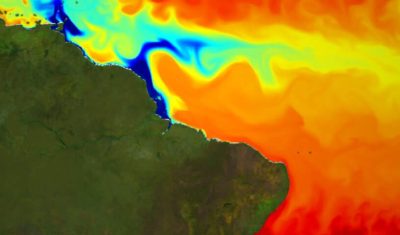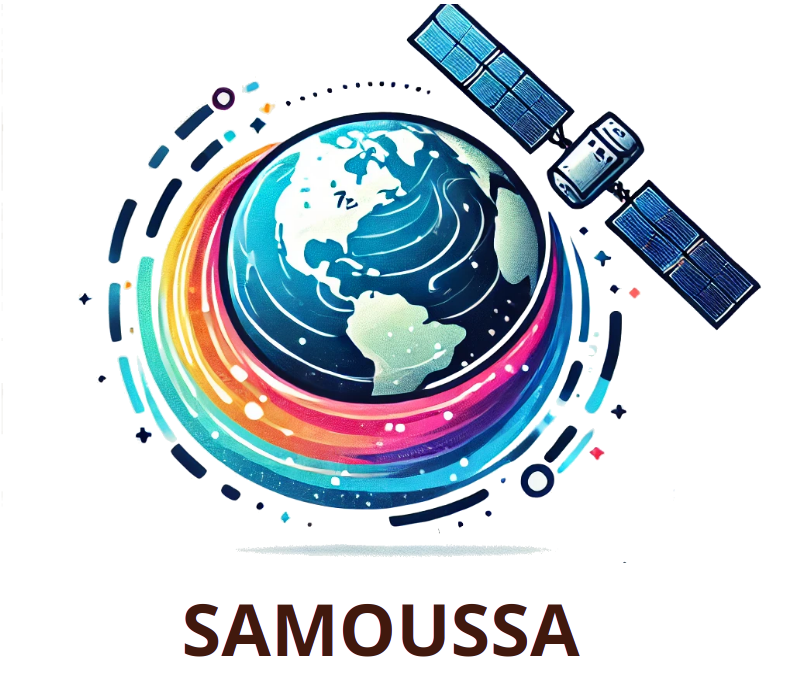
WP1 : Detecting Sargassum aggregations
Development of detection indexes based on MTG-FCI data with explicit consideration of aerosols Monitoring sargassum from space relies on its unique optical signature. Like other photosynthetic organisms, sargassum absorbs most of the red light (around 600 nm) while reflecting strongly in the near-infrared (around 800 nm). In contrast, the ocean surface shows a nearly constant […]

WP2 : Enhancing seasonal forecasts
Integration of MTG-FCI detection maps into ocean biogeochemical models Sargassum proliferation and drift depend on a wide range of environmental factors, including ocean currents, nutrient supply, light availability, and atmospheric conditions. To anticipate their movements and beaching, observations alone are not sufficient — they need to be combined with models that can simulate the algae’s […]

